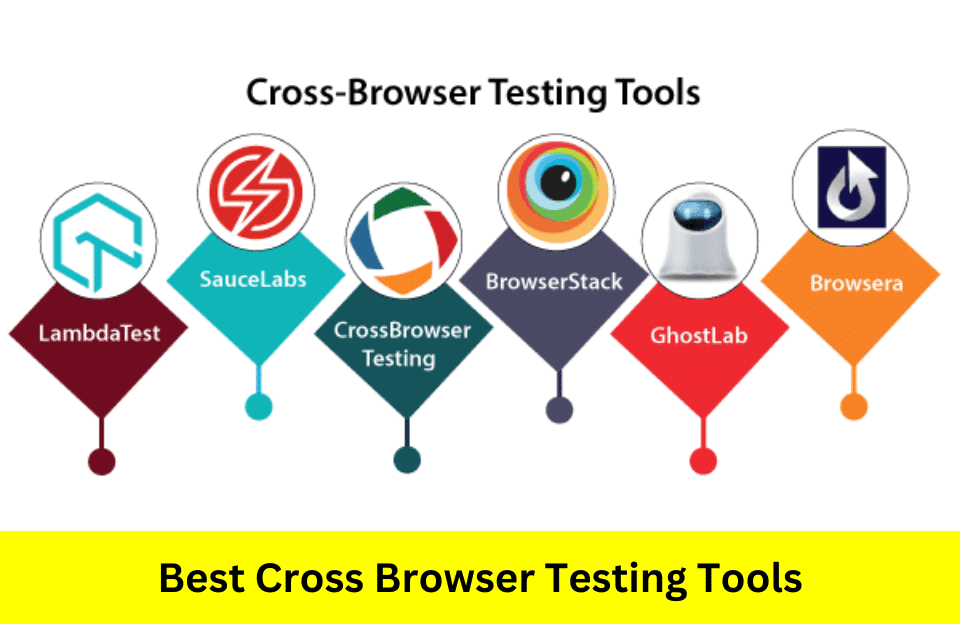Finding out the most effective cross-browser testing tools is important to developers and testers who wish to provide a correct and perfect browsing experience to their target audience. In any case, it may be difficult to define which tool is most suitable for the task at hand with such an array of tools and applications available. Here are the guidelines that will help identify the factors to consider and the measures to take to get the most suitable cross browser testing tools.
Understanding cross-browser testing
Cross-browser testing also covers the fact that web applications are tested on different browsers and devices so as to ensure that they are working as expected. It is very essential because people use different browsers, such as Chrome, Firefox, Safari, and Edge, and each of these browsers differs in some ways. The fact is that using cross-browser testing tools, the compatibility problem will be discovered and solved, and all of the users will have the same experience.
In general, we understand that the use of automation can greatly enhance the testing phase of development. Seek out tools that have facilities for test scripts to run the tests on a cascade basis without necessarily requiring human interference. They are useful, especially in regression testing scenarios as well as continuous integration.
Identify your testing requirements
To begin with, it is required to identify your testing needs. Identify the browsers and devices you are working with, the kind of tests you wish to conduct (manual or automated, functional testing or performance testing), and your budget.
Research and shortlist
Try to do relevant research to ascertain tools that meet these criteria. Check the customer reviews, find out about the experiences of other users, and consider the number and type of features. Make a list of tools that are most appropriate for the task as per your requirements.
Use free trials to your benefit
Most cross-browser testing tools out there come with free trial or demo copies. Use the following opportunities to get practical experience using the tools: Evaluate the user-friendliness, extent of the available data, speed, and compatibility with your current process.
Evaluate customer support
Good customer support can be a godsend when something goes wrong or we have questions. Make sure that the tool provider provides comprehensive support, such as documentation and tutorials, live chat, and email support.
Consider future scalability
Select the tool that may be scaled to accommodate your needs in the future. Ideally, your project will grow over time, and you may require more browser compatibility, extra functionality, or better testing capabilities. Choose a tool that should be easy to scale up without much effort.
Conclusion
Choosing the proper cross-browser testing tools is essential if your aim is to provide clients with seamless browsing across multiple browsers. If you concentrate on general features, define your needs, and adhere to a rational approach to tool selection, you will be able to identify a tool that optimizes your testing process and effectiveness. By selecting the right tools for cross browser testing, you ensure that your web applications are stable, accessible, and easy to use for all users.


